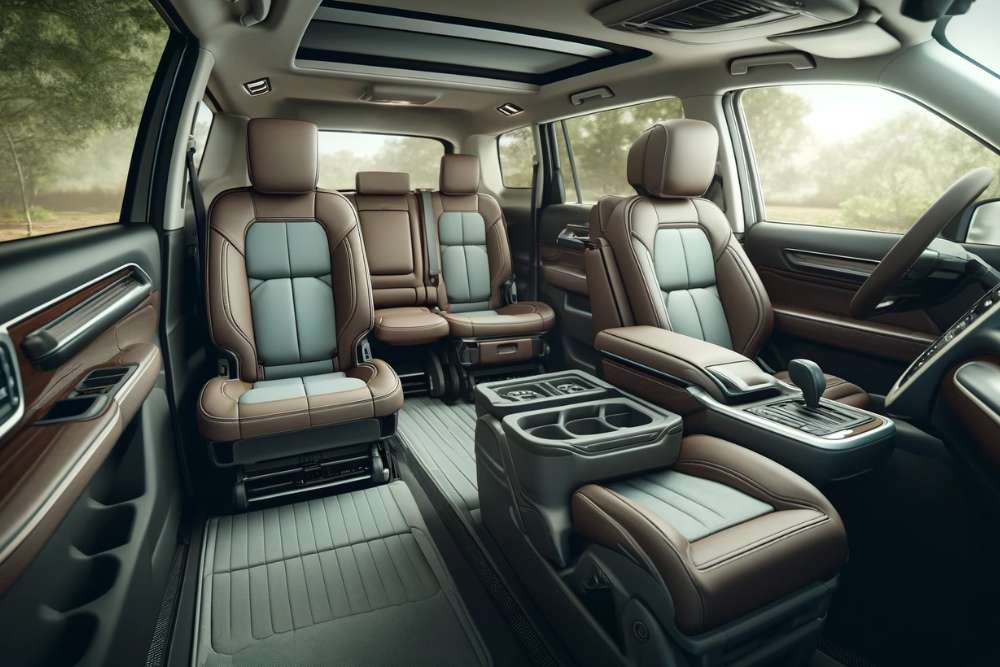The Intriguing Role of Augmented Reality in Modern Automotive Industry
Imagine the thrill of seeing your car's vitals projected onto your windshield or viewing a 3D map of your route while driving. Welcome to the world of Augmented Reality (AR) in the automotive industry. This revolutionary technology is steadily transforming our driving experience and the way we interact with our vehicles.

The Genesis of AR in the Automotive Realm
The concept of AR emerged during the 1960s, but only in recent years has it found a home in the automotive industry. Initially, AR was used for design and assembly in car manufacturing, allowing engineers to visualize the components and layout of a vehicle before its physical production.
However, the potential of AR extended beyond the manufacturing plants. It was soon realized that this technology could significantly enhance the driver’s experience and safety on the road. The advent of Head-Up Displays (HUDs), which project information onto the windshield, marked a significant milestone in this journey, allowing drivers to access crucial information while keeping their eyes on the road.
AR Technology: Transcending the Boundaries
AR’s application in the automotive industry is continuously expanding, with technology becoming increasingly sophisticated. Today, AR systems can display a wide range of information, from navigation instructions to real-time vehicle diagnostics. Furthermore, AR goes beyond the driver, enhancing the passenger’s experience through interactive entertainment systems.
The integration of AR with other advanced technologies such as artificial intelligence and the internet of things further amplifies its potential. For instance, AR can work in conjunction with sensors and cameras to provide real-time updates on road conditions or warn the driver of potential hazards.
Impact and Implications of AR
The implications of AR in the automotive industry are far-reaching. Besides delivering a more immersive driving experience, AR can significantly enhance safety. By projecting vital information within the driver’s line of sight, AR reduces the need for the driver to look away from the road, thereby minimizing distractions.
However, the use of AR does present certain challenges. Ensuring that the AR displays do not obstruct the driver’s view or create unnecessary distractions is crucial. Additionally, the high costs associated with AR technology may currently limit its incorporation into lower-priced vehicles.
The Road Ahead: AR in the Automotive World
The future of AR in the automotive industry appears promising, with major car manufacturers investing heavily in this technology. As AR technology becomes more advanced and cost-effective, it’s likely to become a standard feature in vehicles, irrespective of their price range.
In conclusion, while the journey of AR in the automotive industry is still in its early stages, its potential is undeniable. By combining the physical and digital worlds, AR holds the potential to significantly transform the way we perceive and interact with our vehicles, promising a more immersive and safer driving experience.




